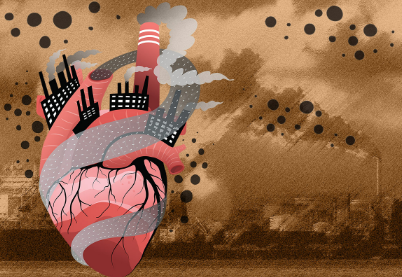
Climate change isn’t just an environmental challenge — it’s a growing threat to human cardiovascular health. Recent research shows that the combination of extreme temperatures, polluted air, and climate-driven stressors is significantly elevating the risk of heart attacks and other heart-related illnesses globally.
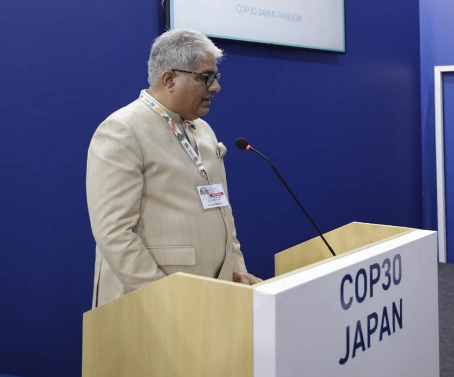
At the sidelines of UNFCCC COP30 in Belém, Brazil, the 11th meeting of Joint Crediting Mechanism (JCM) Partner Countries was held on 19 November 2025. Chaired by Japan’s Environment Minister H.E. Hirotaka Ishihara, the meeting marked an important milestone as the JCM expanded to 31 partner countries with more than 280 projects progressing under the framework of Article 6 of the Paris Agreement.

At the COP30 climate summit in Belém, Brazil, India strongly reaffirmed its commitment to a just and inclusive global climate framework. Emphasizing equity, climate justice, and the principle of Common but Differentiated Responsibilities and Respective Capabilities (CBDR-RC), India urged the world to recognise that developing nations cannot be expected to shoulder the climate burden without adequate support.

The Supreme Court of India has directed the governments of Punjab and Haryana to submit a detailed report on the measures being taken to prevent stubble burning, one of the key contributors to Delhi’s worsening air quality. The directive comes as the national capital continues to grapple with toxic smog and hazardous pollution levels, prompting urgent calls for accountability and immediate action.
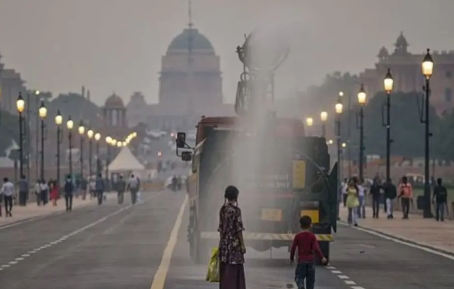
The air quality in Delhi and the National Capital Region (NCR) has deteriorated to alarming levels, prompting authorities to implement emergency measures. The 24-hour average Air Quality Index (AQI) in the region has soared past 400, placing it in the “Severe” category under the Graded Response Action Plan (GRAP).
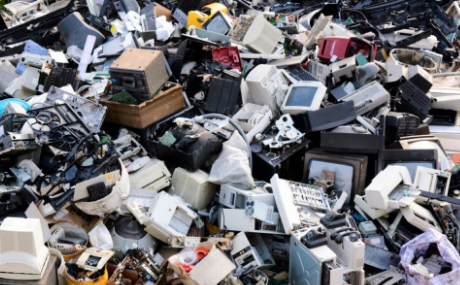
In the state of Lucknow alone, roughly 200 kg of electronic waste is generated each day from busy commercial hubs. Much of this gadget-henge — discarded phones, computers, wiring and other electrical gear — now lacks a proper disposal path, thanks to the closure of the lone treatment plant near Mohanlalganj. What’s worse: this e-waste is being mixed with ordinary household garbage, heightening risks of pollution and health hazards.
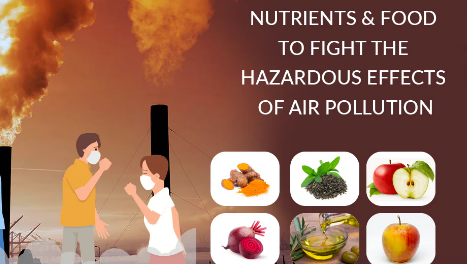
Breathing the smog‑tainted air of a bustling city weakens your body’s defenses—but you don’t have to rely on a mask alone. A nutrient‑rich diet can become your inner shield, helping your immune system to withstand the invisible assaults of polluted air.
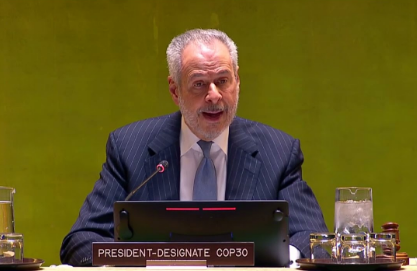
At the opening of COP30 in Belém, the president of the talks, André Corrêa do Lago, issued a stark warning: richer nations appear to have lost their enthusiasm for addressing the climate crisis. While parts of the global south — and notably China — are increasingly showing leadership in the clean‑energy transition, many industrialized countries are falling behind.
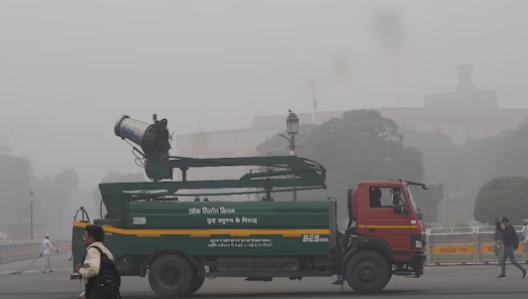
Despite forecasts of light rainfall, Delhi continues to struggle with toxic air as pollution levels remain alarmingly high. On Monday, the national capital recorded a minimum temperature of 17.3°C — slightly above the seasonal average — with humidity levels touching 94% by morning. The skies stayed partly cloudy with a possibility of light rain later in the evening, but even that offered little respite from the worsening smog.

A Stanford University-led study reveals that immersive virtual reality (VR) experiences can significantly enhance people’s emotional connection to climate change. While millions already face the realities of floods, heatwaves, and unpredictable weather, many still perceive climate change as a distant issue. In India, where nearly two-thirds of people report having personally experienced extreme climate events, this sense of detachment remains a major challenge.